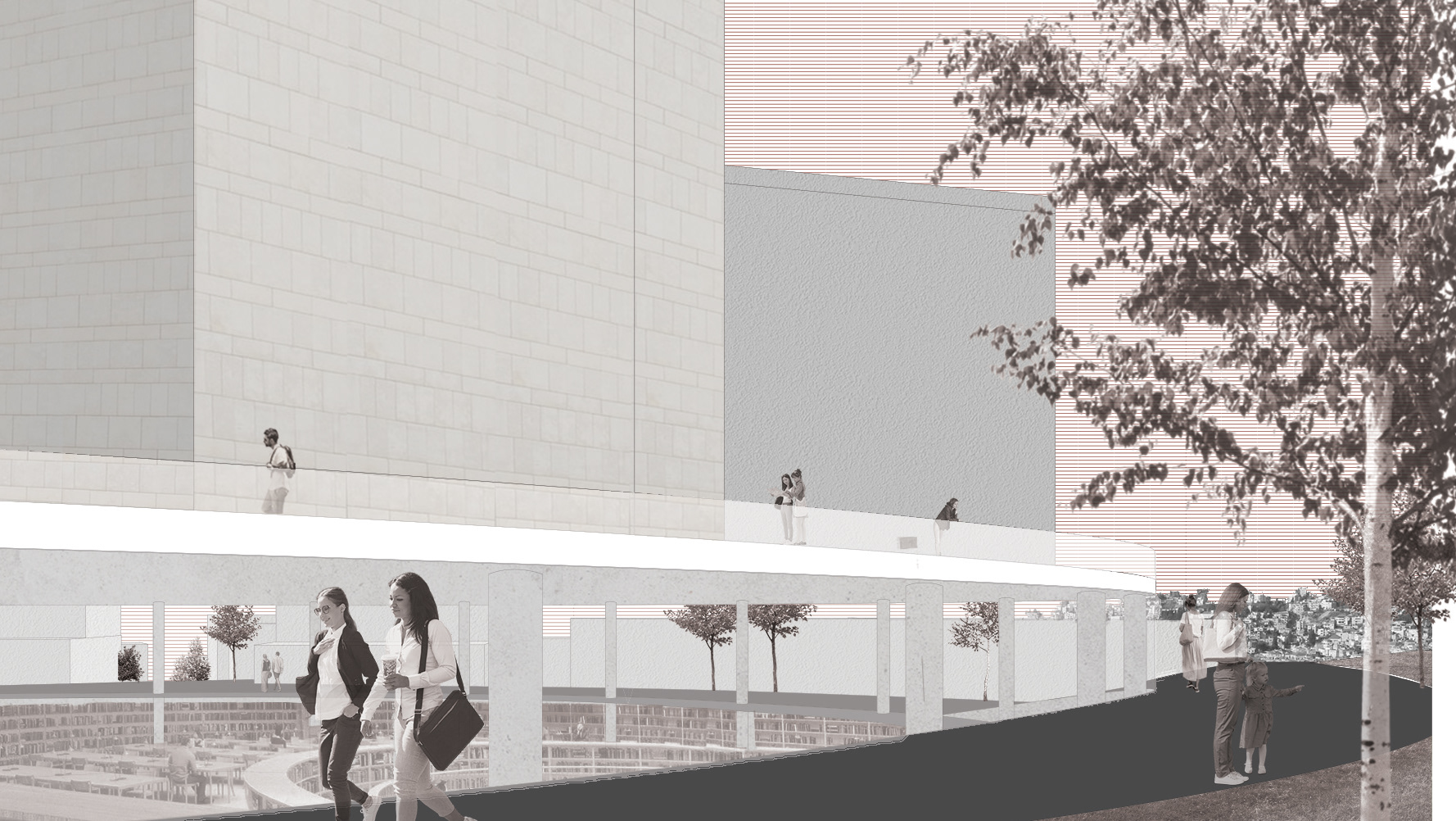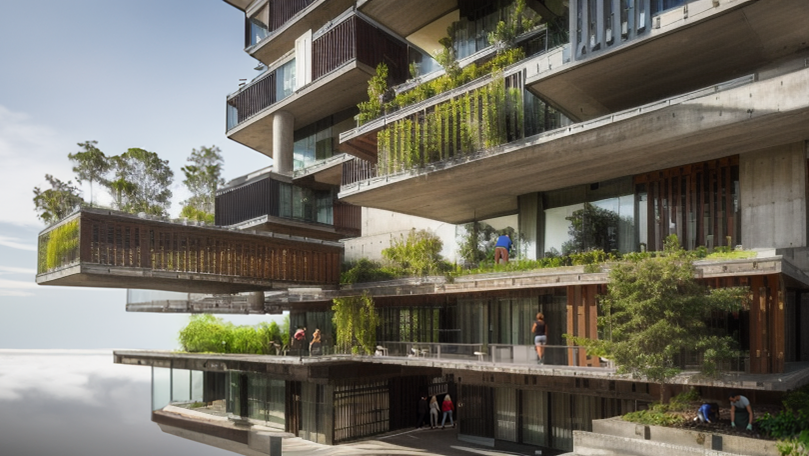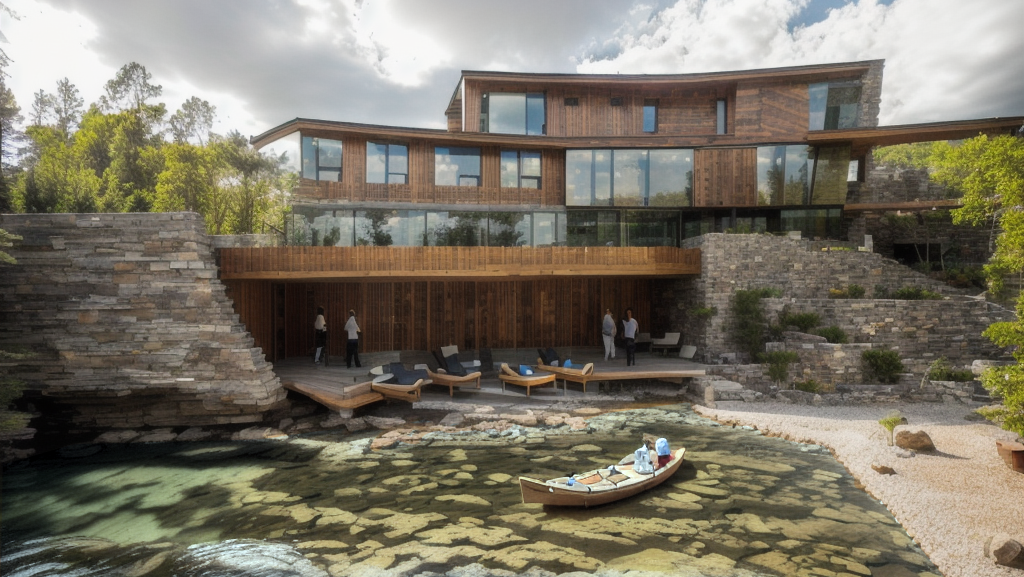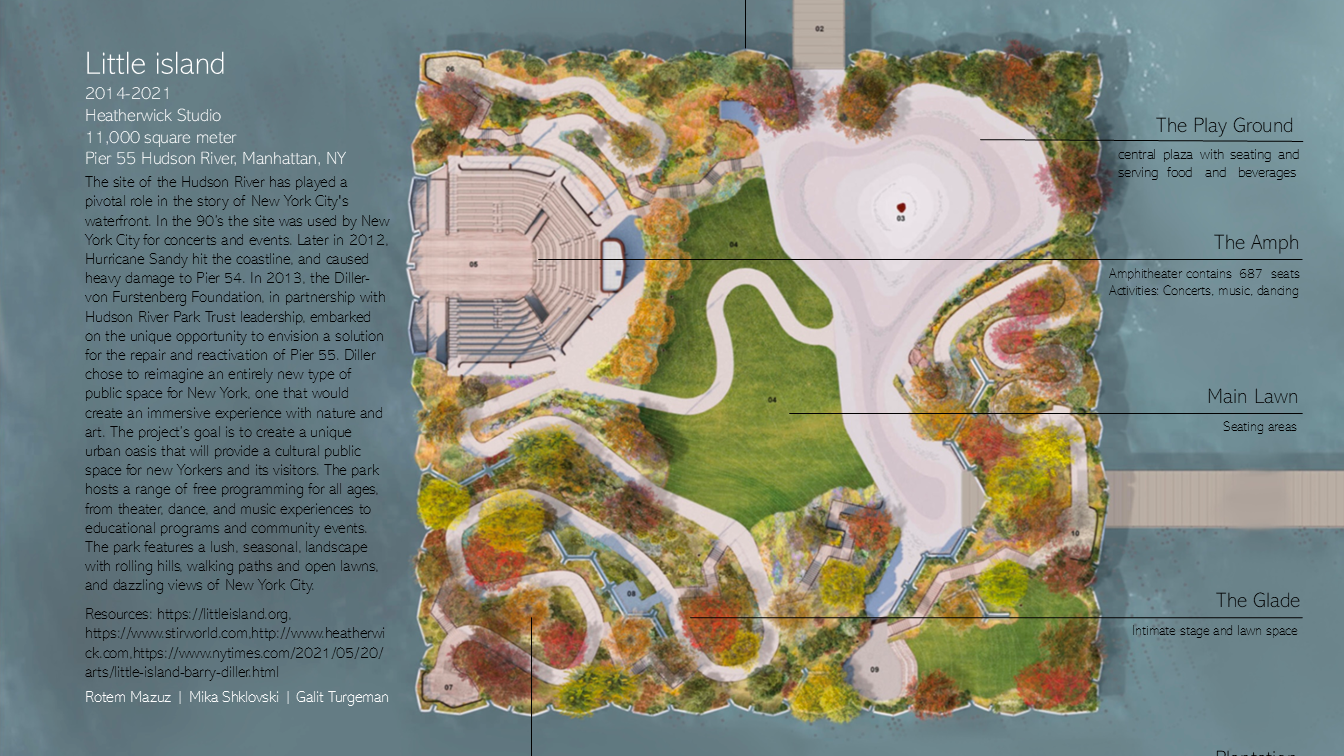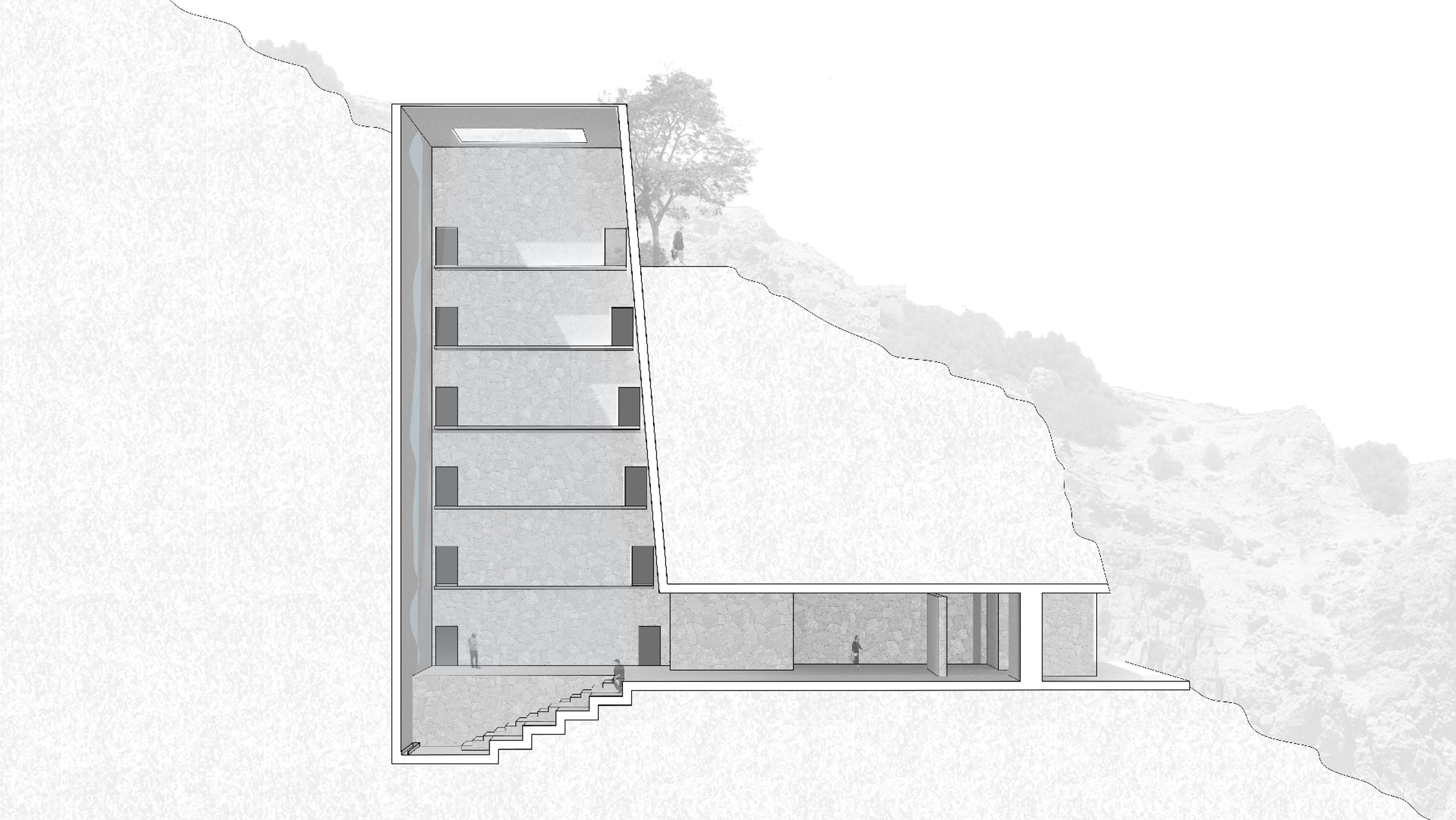The October 7th war created a traumatic rupture for many populations who were uprooted from their homes, leaving them homeless and insecure. From this deep trauma arose the urgent need for emergency housing solutions for the displaced. This project was born from the need to provide immediate shelter, but it draws inspiration from the idea that people can rebuild their lives by rebuilding their homes—not only physically, but also conceptually. Building a home becomes a tool for personal and communal healing, allowing people to recreate their living spaces and restore the social bonds and communities around them.
This crisis sheds new light on the failures of our industrial heritage, offering a unique opportunity to address the immediate need for shelter and the long-standing issue of "white elephants"—massive, abandoned buildings from the industrial past. The Keitan plant in Dimona, once a symbol of employment and prosperity, has stood empty since 2012. Once the economic heart of the city, today it serves as a prime example of the immense potential in repurposing abandoned structures. The project proposes to revive the plant, turning it into a safe haven for the displaced, while also laying the foundation for renewed urban growth. Transforming the plant into an active urban center providing essential services will not only meet the needs of the displaced but also revitalize the entire city.
The modular units will be built in phases to ensure flexibility, allowing the displaced to actively participate in every stage of the process. Building a home will become a healing process that strengthens independence, responsibility, and hope. This is not just about roofs and walls, but about personal and communal restoration. The project illustrates how building a house can also be the building of hope, community, and a renewed identity.
Thesis book | building hope together
